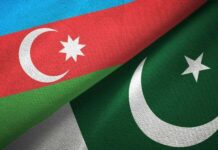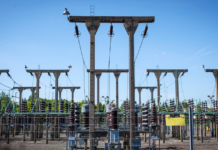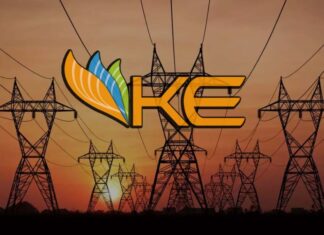In a move aimed at easing the burden of soaring electricity tariffs on both residents and industries, Sindh Energy Minister Syed Nasir Hussain Shah on Tuesday unveiled a new power supply framework under the Sindh Electric Power Regulatory Authority (SEPRA).
Speaking to reporters, Shah said electricity under SEPRA will be generated and transmitted through the Sindh Transmission and Dispatch Company (STDC), with rates “substantially lower” than those charged by K-Electric.
“We will generate electricity ourselves and transmit it through STDC. Most importantly, we will determine the tariff ourselves,” he said. “The electricity transmitted through STDC will not be subject to NEPRA’s pricing. Our rates will be significantly more affordable.”
The minister confirmed that SEPRA has already been approved by the Sindh Assembly, with staffing completed and a formal notification expected later this month. The first power transmission is planned for the Korangi industrial area.
“Our priority is to deliver reliable and low-cost electricity to Karachi’s economic zones,” he said, adding that the plan hinges on STDC controlling the transmission network. “Once the system is operational, Karachi’s citizens will also benefit.”
Criticising K-Electric’s governance structure, Shah noted that all three of its board directors currently represent the federal government. “We have proposed that one director remain from the federal side, while the other two should represent Sindh,” he said.
He also disclosed an agreement with K-Electric to supply cheaper electricity from upcoming solar parks, urging the utility to avoid buying costly fuel-based power when solar generation is available.
K-Electric currently relies on the National Electric Power Regulatory Authority (NEPRA) for tariff approvals and price notifications. The utility has faced mounting criticism over rising costs and prolonged load-shedding.
While Shah did not share details of SEPRA’s tariff structure or generation mechanism, NEPRA’s latest data highlights Pakistan’s continued reliance on expensive imported fuels. Over 20% of electricity was generated from imported liquefied natural gas (LNG) at Rs24.26 per unit, while imported coal-based power cost Rs16.60 per unit.
Hydropower and nuclear energy offered cheaper alternatives, contributing 21.94% and 17.91% to the power mix respectively. Nuclear power was the most economical source at just Rs2.10 per unit.
Locally mined coal accounted for 14.51% of generation at Rs11.21 per unit, and gas-based power made up 8% at Rs11.82 per unit. Furnace oil, though contributing only 0.79% to the grid, remained the costliest at Rs28.77 per unit.
























